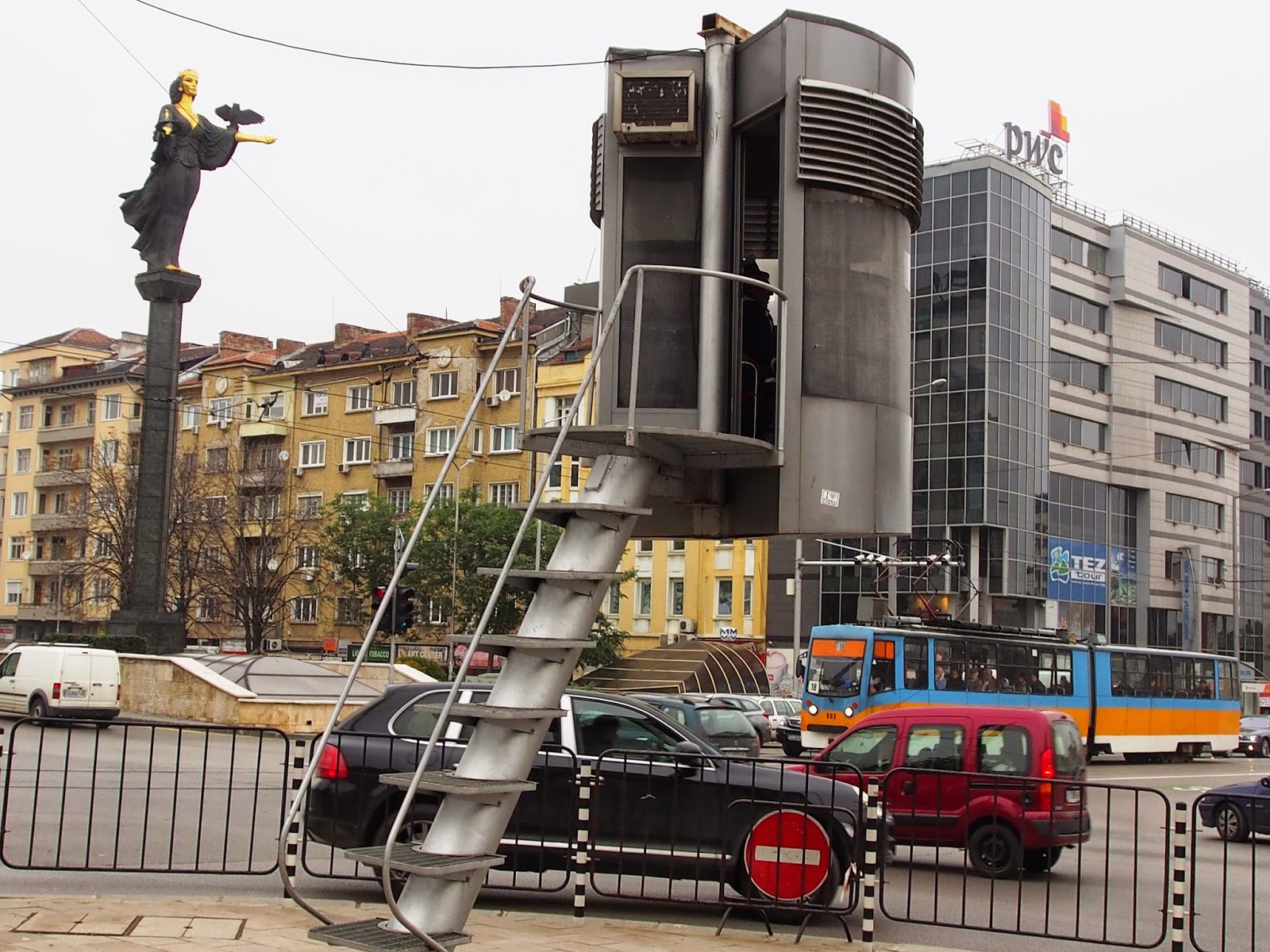When our real estate acquaintance Leon
old me that he was a Macedonian, I was quick to show off my understanding of
his ancestral country.
“Oh, I have been to Greece once. I
actually spent a couple of weeks there.”
He looked at me and said, “My
mother-in-law would kill you if you say she is Greek!”
I was still trying to show off. “Isn’t
Macedonians in Greece the same as the Macedonians in the new country that was
once part of Yugoslavia?” I thought I knew the geography as well as the history
of the area!
“They are totally different!” Unfortunately,
Leon had to rush off somewhere and did not have the time to explain to me.
Until my recent visit to the Balkans…
Indeed these two peoples are different.
The Macedonians that I was seeing are Slavic, and those in Greece region of Macedonia
are Greeks. Until today, Greece has consistently vetoed the country’s use of
the name “Republic of Macedonia” and insisted that it uses the name the “Former Yugoslav Republic of
Macedonia”.
And whose national hero is Alexander the
Great? Both countries claim him to be theirs! Apparently he was from the ancient
Kingdom of Macedon, which is now part of the Macedonian region of Greece. No
Wonder!
 |
| Alexander the Great: Who does he belong? |
A good lesson in geography and history. (I
should have consulted Wikipedia instead of travelling across seven or eight
time zones to learn this “fact”!
There is a tendency for less developed
countries with big ego politicians to build monuments. Macedonia is a classic
example. Our approach to Macedonia was by coach via Bulgaria. As we travelled
closer to Skopje, sun was already setting. I thought I was in Indonesia. Both
sides of the road were lined with unruly shop houses selling all sorts of wares
in a very Third World-like fashion.
 |
| This is not a town in Indonesia! |
However, as we crossed the 15th
Century Stone Bridge across the city’s Vardar River, I thought I was seeing
Putrajaya! Statues after statues and new buildings of monumental proportions suddenly
appeared before your eyes. I was told by the tour guide that the country is
spending one quarter of its annual budget on these structures! Maybe they can
recoup their investment from tourist dollars but I don’t seem to see that many
there.
 |
| They also have a Dr M |
Apparently the city fathers want
Skopje to look like London where double decker buses are iconic of the
landscape. Even though it has its own coach building industry, it chose to buy
them from China, at something like €300K a piece. They are certain not rockets.
I suppose someone has made a great killing out of the contract. Hello China,
this is one sure way of losing friends and influence in the long run!
 |
| At 300K Euro a piece, it should be able to fly? |
 Look carefully and you will see a traffic controller in it. We were told
that the controller actually intervened in the change of the traffic lights to
ensure better traffic flows. Maybe our road transport department people should
go there to take a look.
Look carefully and you will see a traffic controller in it. We were told
that the controller actually intervened in the change of the traffic lights to
ensure better traffic flows. Maybe our road transport department people should
go there to take a look.


 Look carefully and you will see a traffic controller in it. We were told
that the controller actually intervened in the change of the traffic lights to
ensure better traffic flows. Maybe our road transport department people should
go there to take a look.
Look carefully and you will see a traffic controller in it. We were told
that the controller actually intervened in the change of the traffic lights to
ensure better traffic flows. Maybe our road transport department people should
go there to take a look.






















